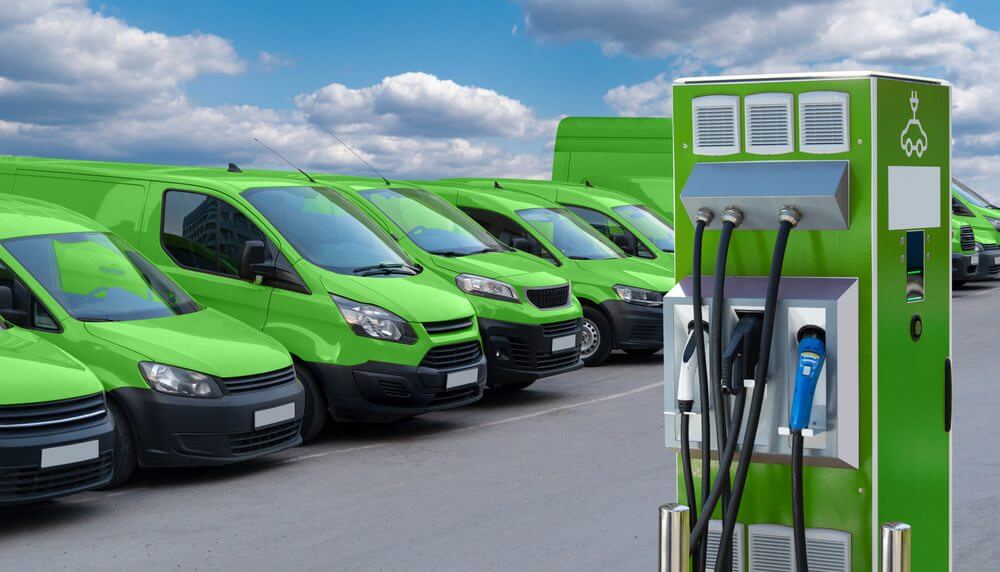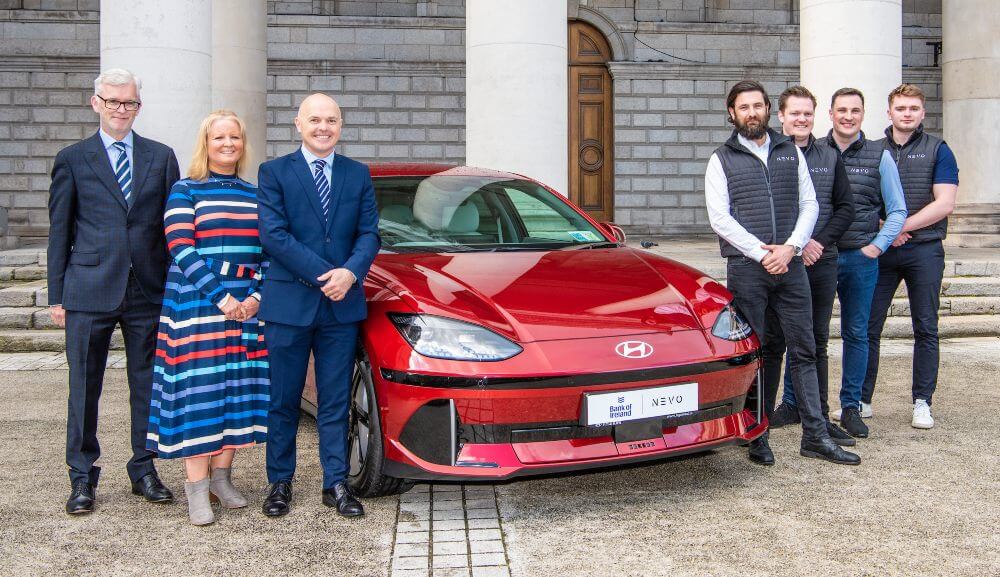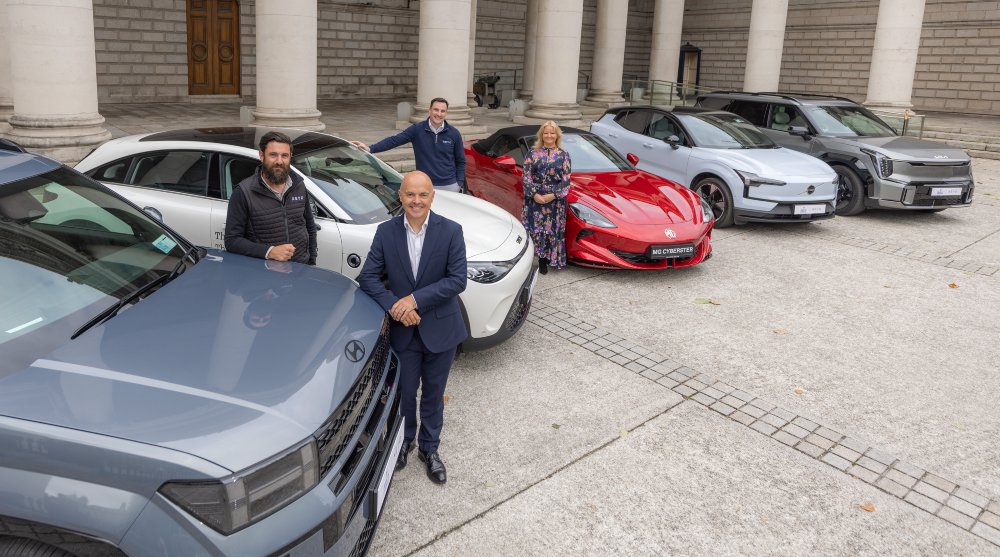As Ireland overtakes its electric vehicle milestone ahead of schedule, there are more calls for infrastructure acceleration.
Ireland has exceeded its Climate Action Plan target of 195,000 electric vehicles (EVs) ahead of schedule, marking a significant milestone in the country’s transition to low-emission transport.
“This is a major achievement and a moment worth celebrating,” said Fergal McDonnell, director on the EY Government and Infrastructure team. “It reflects growing public confidence in EVs; increasing affordability; and the effectiveness of policy incentives and interventions to shift consumer behaviour.”
“Ireland has proven it can lead on EV adoption and has the ability to meet its policy goals”
Among the measures credited with driving uptake are Vehicle Registration Tax (VRT) relief based on Open Market Selling Price and grant schemes administered by Transport Infrastructure Ireland (TII) to support EV charging infrastructure for light-duty vehicles.
Still a lot of road to travel
However, EY Ireland has cautioned that the milestone represents an inflection point rather than a destination.
With a target of 845,000 passenger EVs – rising to 940,000 when commercial vehicles are included – by 2030, the next phase will require accelerated infrastructure development and policy innovation.
“The pace of EV adoption must be matched by a robust, accessible, and equitable charging network,” said Julia Ann Corkery, EY Ireland Transport leader.
“Some projects require grid capacity upgrades and will benefit from continued coordination between stakeholders to warrant timely delivery.”
EY highlighted the need for collaboration among Zero Emission Vehicles Ireland (ZEVI), TII, EirGrid, and ESB to ensure infrastructure keeps pace with demand.
For urban and suburban drivers without access to private driveways, further rollout of neighbourhood and residential charging solutions will be essential. Corkery welcomed the recent Private Wires policy statement and its reference to EY charging solutions as a step in the right direction.
EY also pointed to the importance of real-time data in optimising infrastructure use. TII is developing a Data Office to facilitate the sharing of high-quality, real-time data on EV charging infrastructure, which is expected to improve efficiency and planning.
Incentives remain a key lever for accelerating adoption. While VRT relief has supported uptake, particularly at the higher end of the market, EY suggested that additional measures could be considered. “In many European cities, Zero Emission Zones or Low Emissions Zones limit internal combustion vehicles or impose charges for entering these areas,” McDonnell noted.
External market dynamics have also played a role, with a broader range of vehicle models and competitive global supply contributing to increased affordability.
EY emphasised that maintaining affordability and availability will be critical to sustaining momentum.
“Ireland has proven it can lead on EV adoption and has the ability to meet its policy goals,” Corkery said. “By implementing some of the initiatives outlined above, Ireland can build on this momentum and accelerate progress toward its 2030 targets.”
Image at top: Fergal McDonnell, director on the EY Government and Infrastructure team; and Julia Ann Corkery, EY Ireland Transport leader
-
Bank of Ireland is welcoming new customers every day – funding investments, working capital and expansions across multiple sectors. To learn more, click here
-
For support in challenging times, click here
-
Listen to the ThinkBusiness Podcast for business insights and inspiration. All episodes are here. You can also listen to the Podcast on:
-
Spotify
-
SoundCloud
-
Apple





